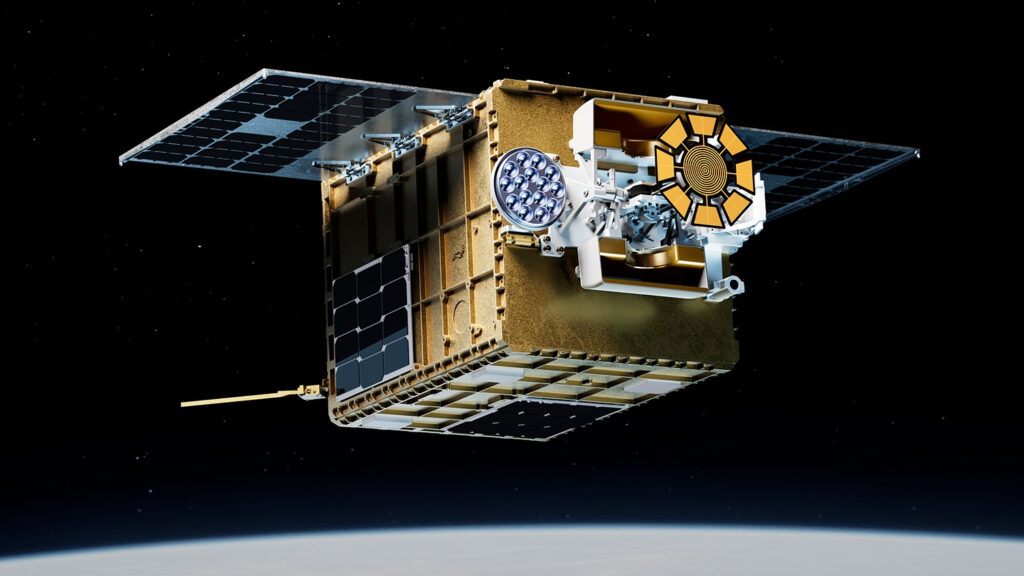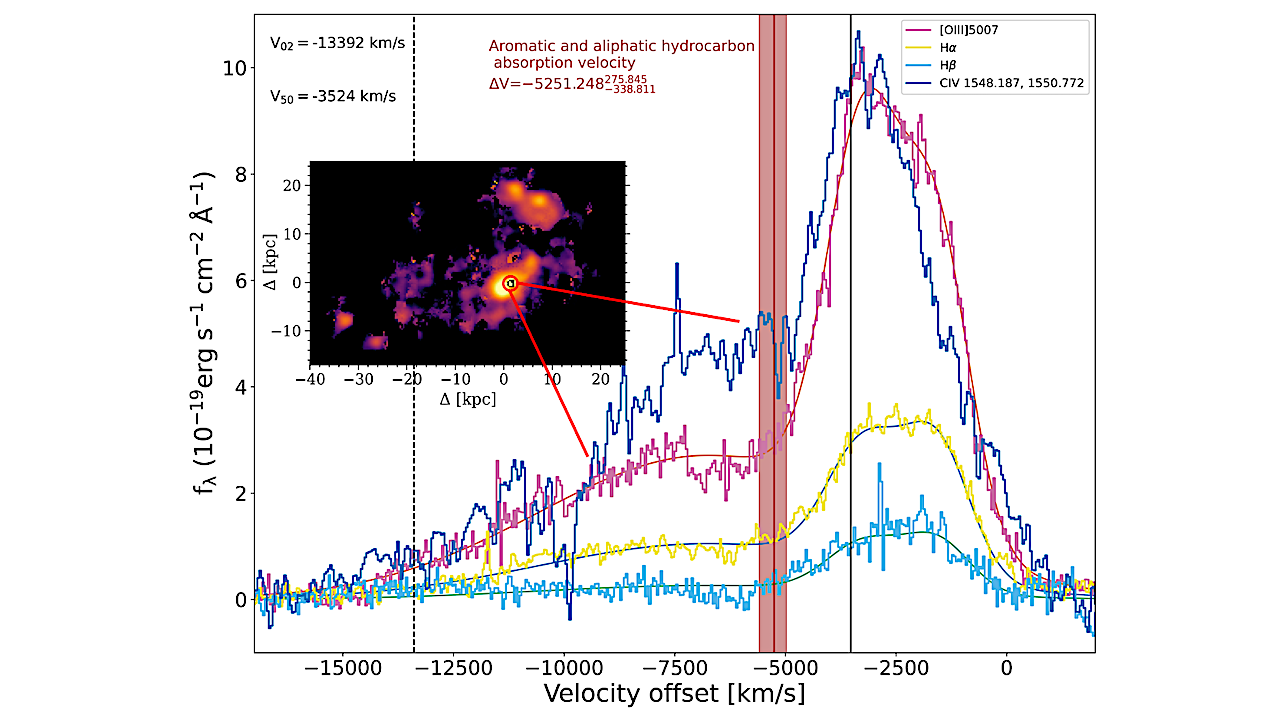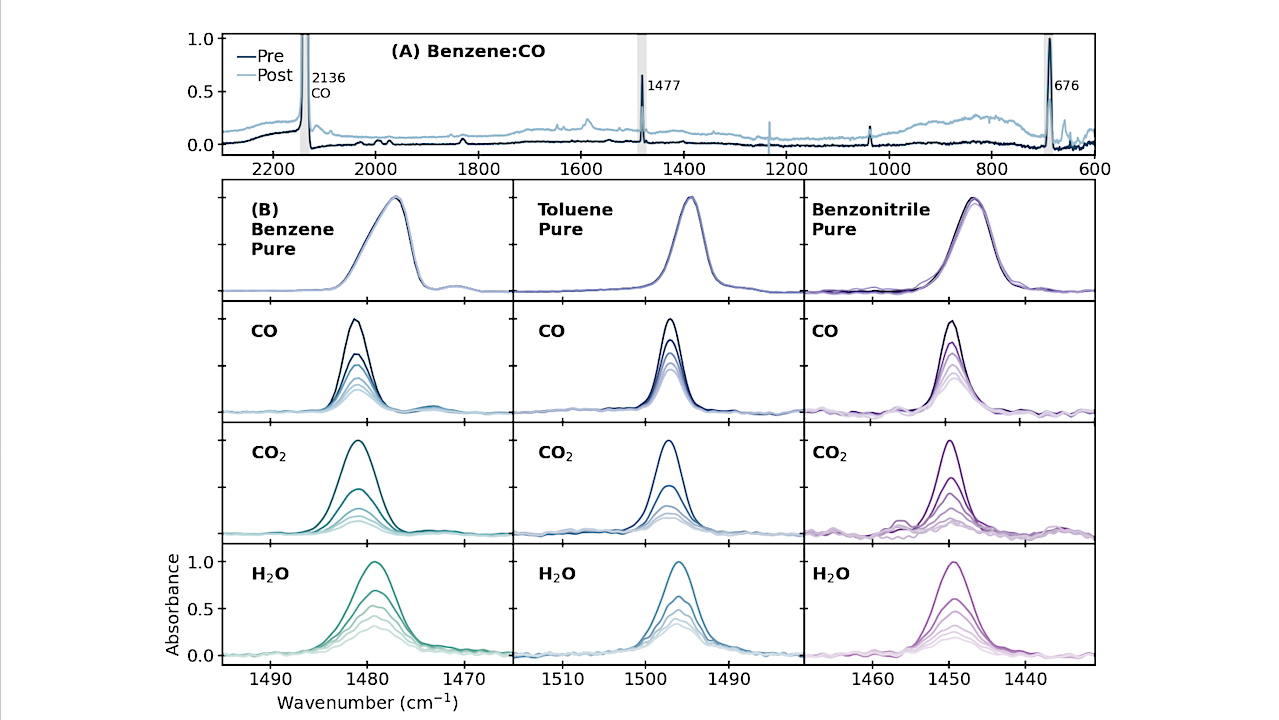Now Reading: Watch the 2nd-ever launch of China’s record-breaking Gravity-1 rocket (video)
-
01
Watch the 2nd-ever launch of China’s record-breaking Gravity-1 rocket (video)
Watch the 2nd-ever launch of China’s record-breaking Gravity-1 rocket (video)
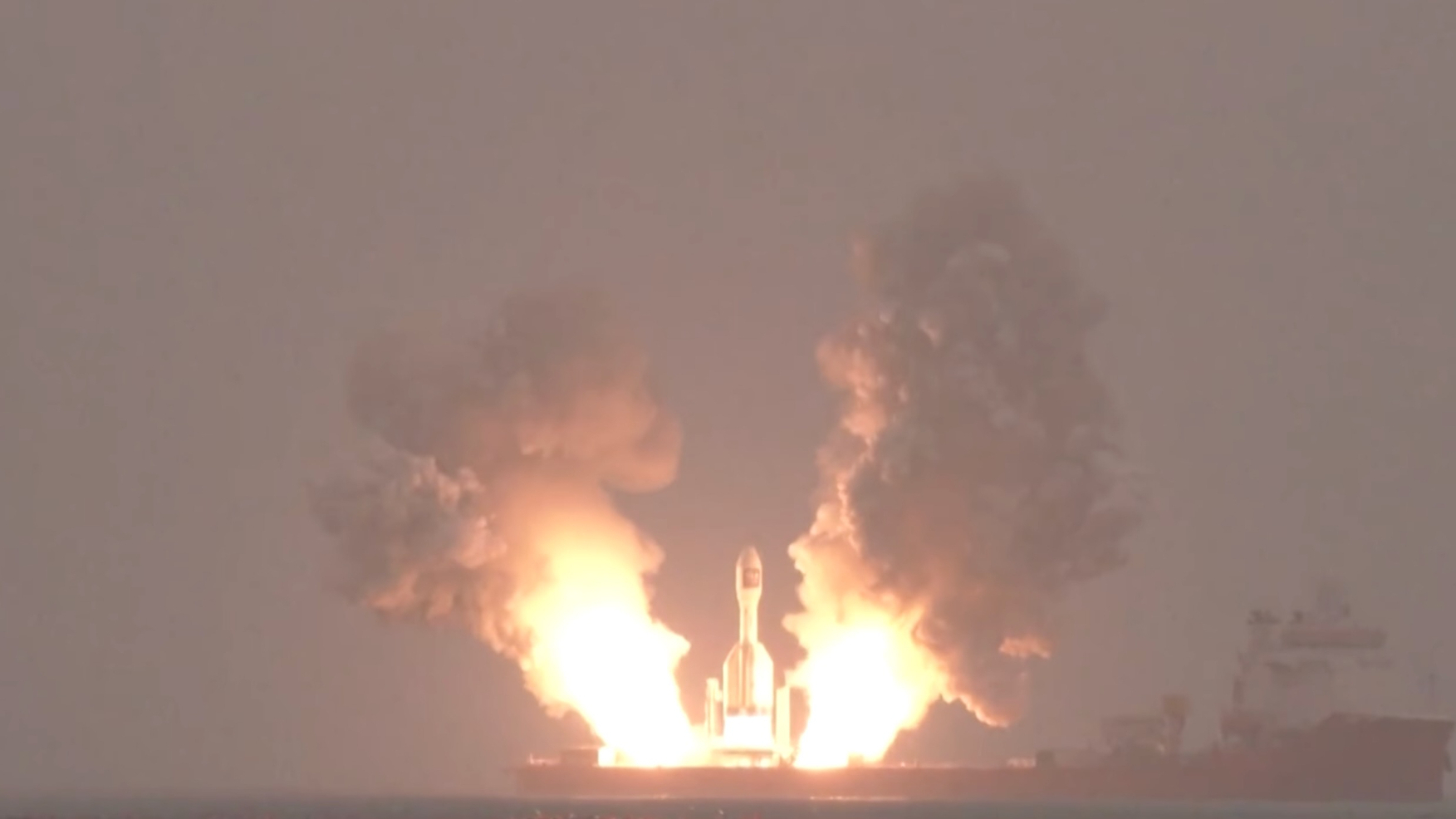
A squat and brawny Chinese rocket just aced its second-ever liftoff.
Orienspace’s Gravity-1, the world’s most powerful solid-fuel rocket, launched from the deck of a ship in the Yellow Sea on Oct. 10 at 10:20 p.m. EDT (0420 GMT and 10:20 a.m. Beijing time on Oct. 11).
The dramatic liftoff, which was caught on video, sent two huge plumes of exhaust into the hazy sky.
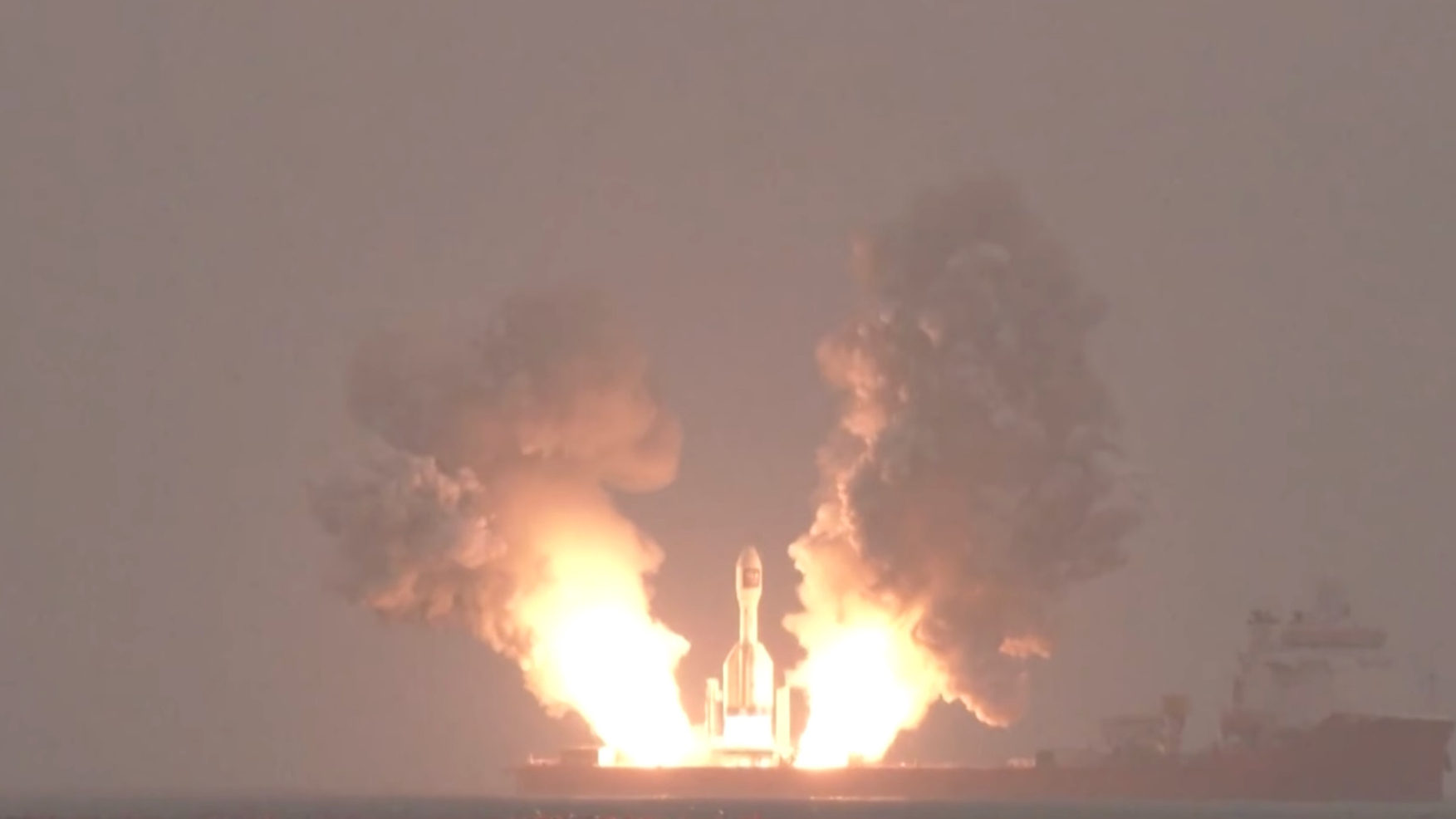
The 100-foot-tall (30-meter-tall) Gravity-1 consists of three stages and four strap-on boosters, all of which employ solid-fuel rocket motors. The vehicle is capable of lofting about 14,300 pounds (6,500 kilograms) of payload to low Earth orbit (LEO).
The Oct. 10 launch was successful, sending one wide-field satellite and two experimental spacecraft to their designated orbits, according to the state-run Chinese broadcaster CCTV.
Gravity-1 also lofted some satellites — three Yunyao-1 commercial weather spacecraft — on its first flight, which launched in January 2024 from the deck of this same barge.
Orienspace is developing two larger and more powerful rockets, known as Gravity-2 and Gravity-3.
Gravity-2 will feature a liquid-fuel core stage and solid rocket boosters as well as be capable of sending about 25.6 tons to LEO, Andrew Jones reported in SpaceNews last year.
Gravity-3 will employ three Gravity-2 core stages, much as SpaceX’s Falcon Heavy rocket uses three strapped-together Falcon 9 boosters, according to Jones. Gravity-3’s payload capacity will be about 5 tons greater than that of Gravity-2.
Stay Informed With the Latest & Most Important News
Previous Post
Next Post
-
 01From Polymerization-Enabled Folding and Assembly to Chemical Evolution: Key Processes for Emergence of Functional Polymers in the Origin of Life
01From Polymerization-Enabled Folding and Assembly to Chemical Evolution: Key Processes for Emergence of Functional Polymers in the Origin of Life -
 02Panasonic Leica Summilux DG 15mm f/1.7 ASPH review
02Panasonic Leica Summilux DG 15mm f/1.7 ASPH review -
 03How New NASA, India Earth Satellite NISAR Will See Earth
03How New NASA, India Earth Satellite NISAR Will See Earth -
 04And Thus Begins A New Year For Life On Earth
04And Thus Begins A New Year For Life On Earth -
 05Astronomy Activation Ambassadors: A New Era
05Astronomy Activation Ambassadors: A New Era -
06SpaceX launch surge helps set new global launch record in 2024
-
 07Two Black Holes Observed Circling Each Other for the First Time
07Two Black Holes Observed Circling Each Other for the First Time














